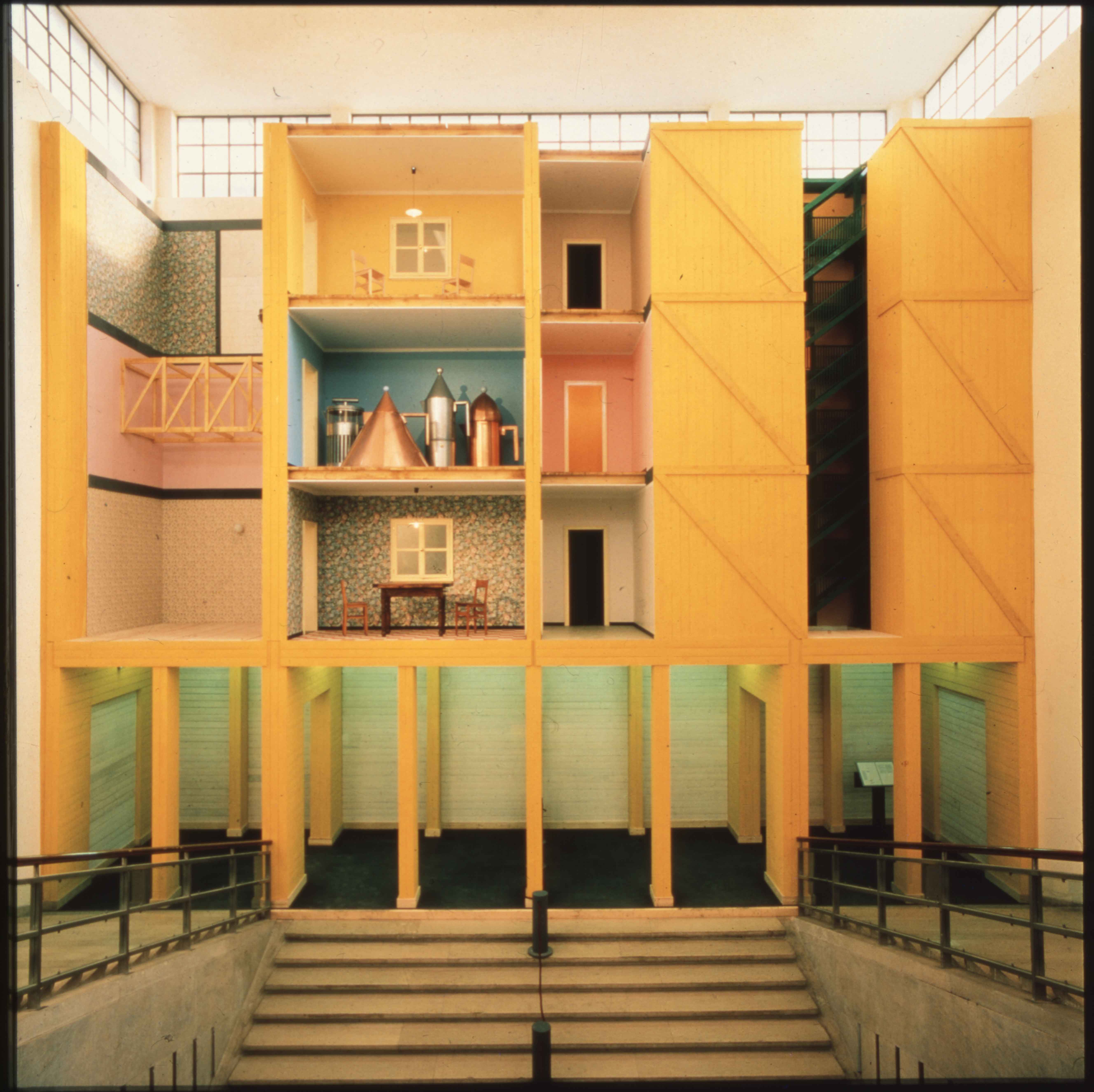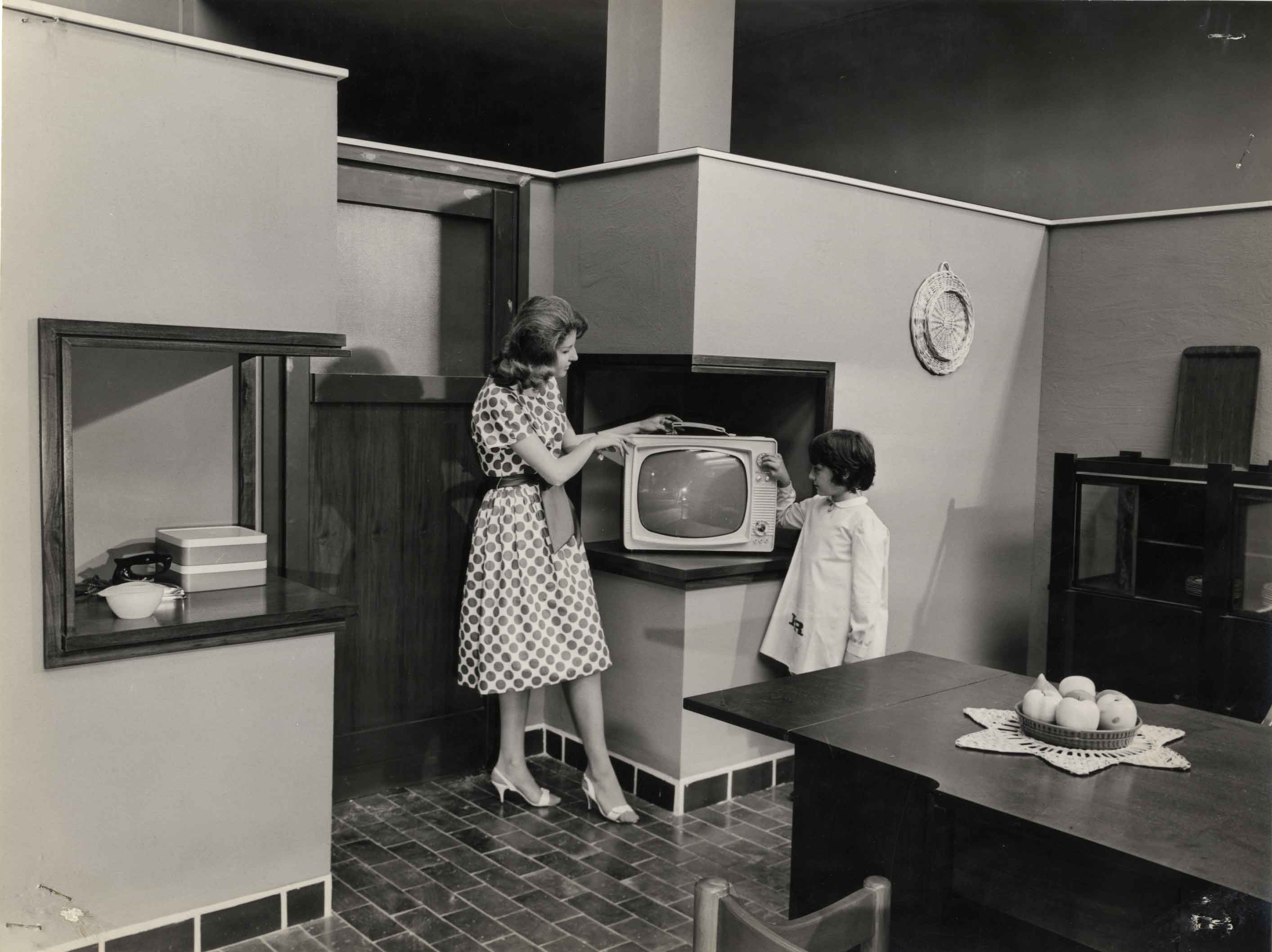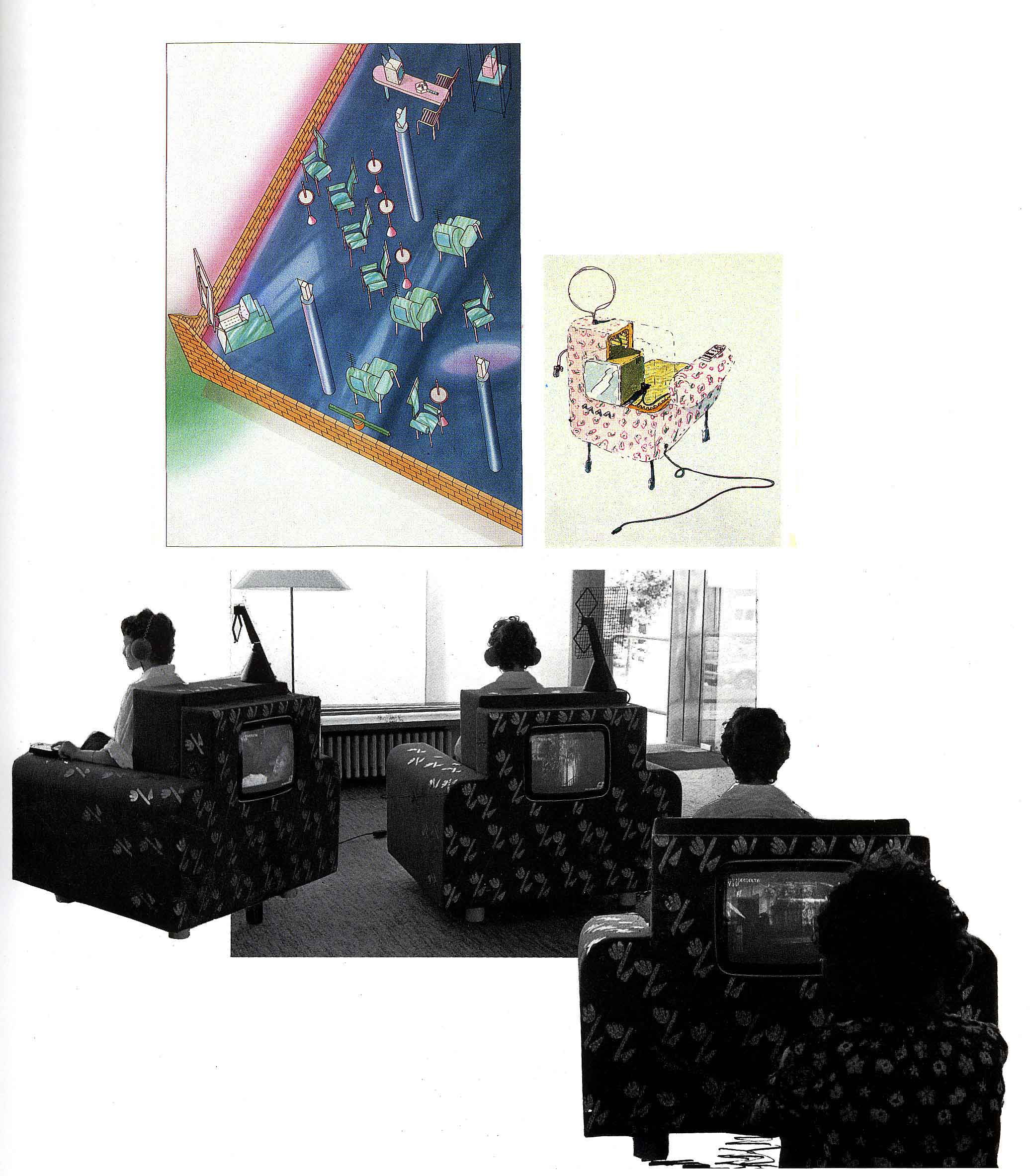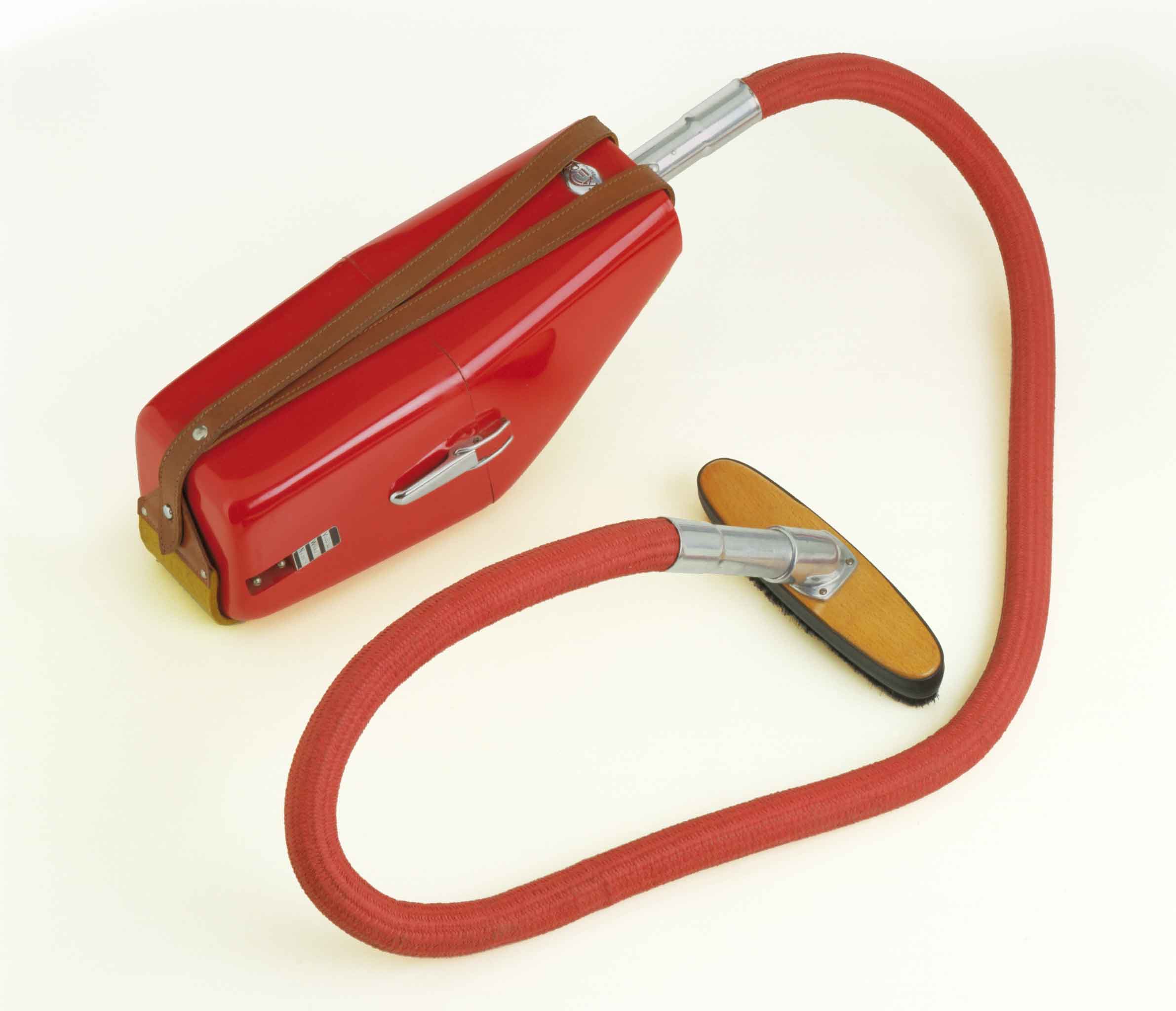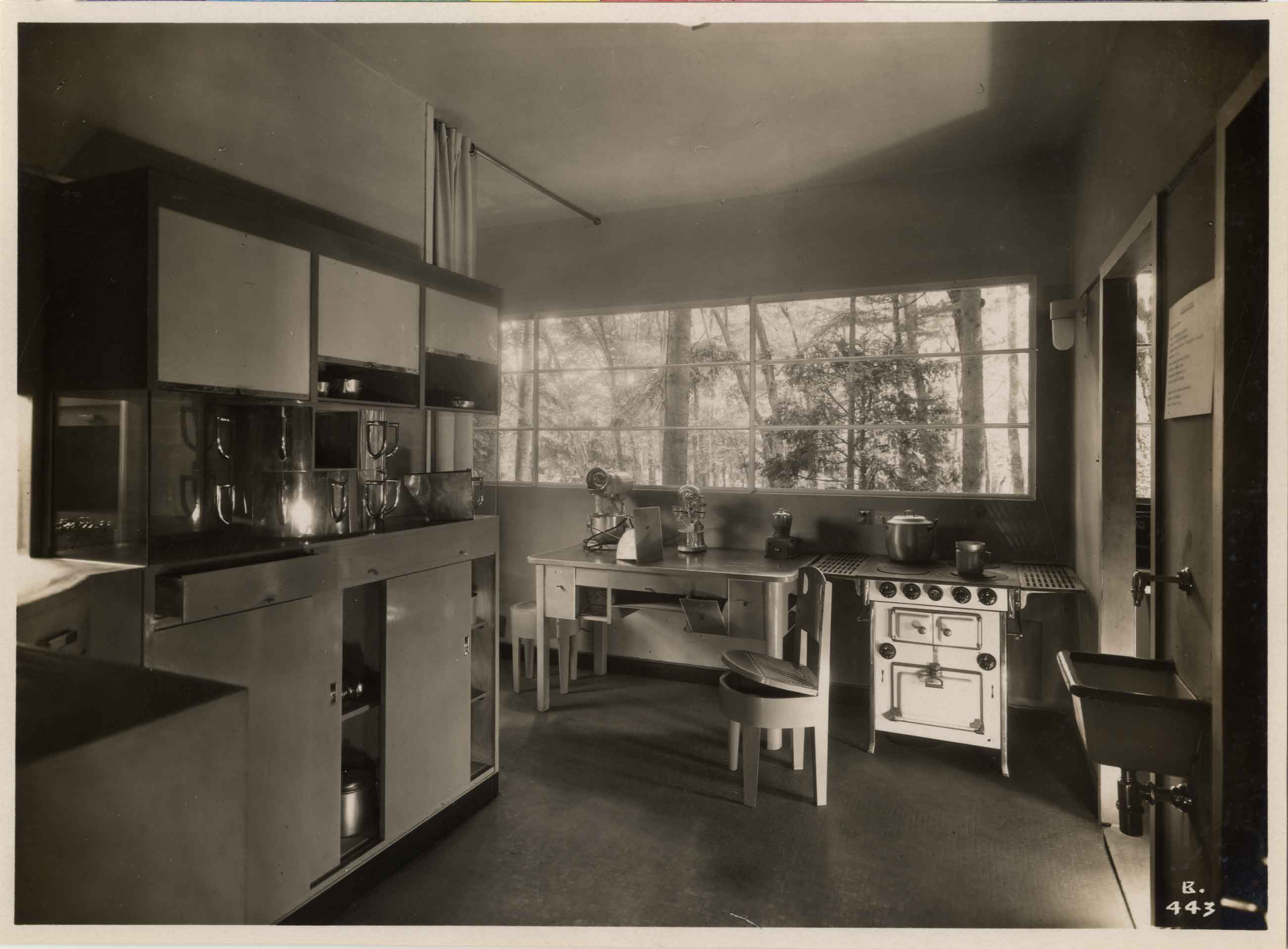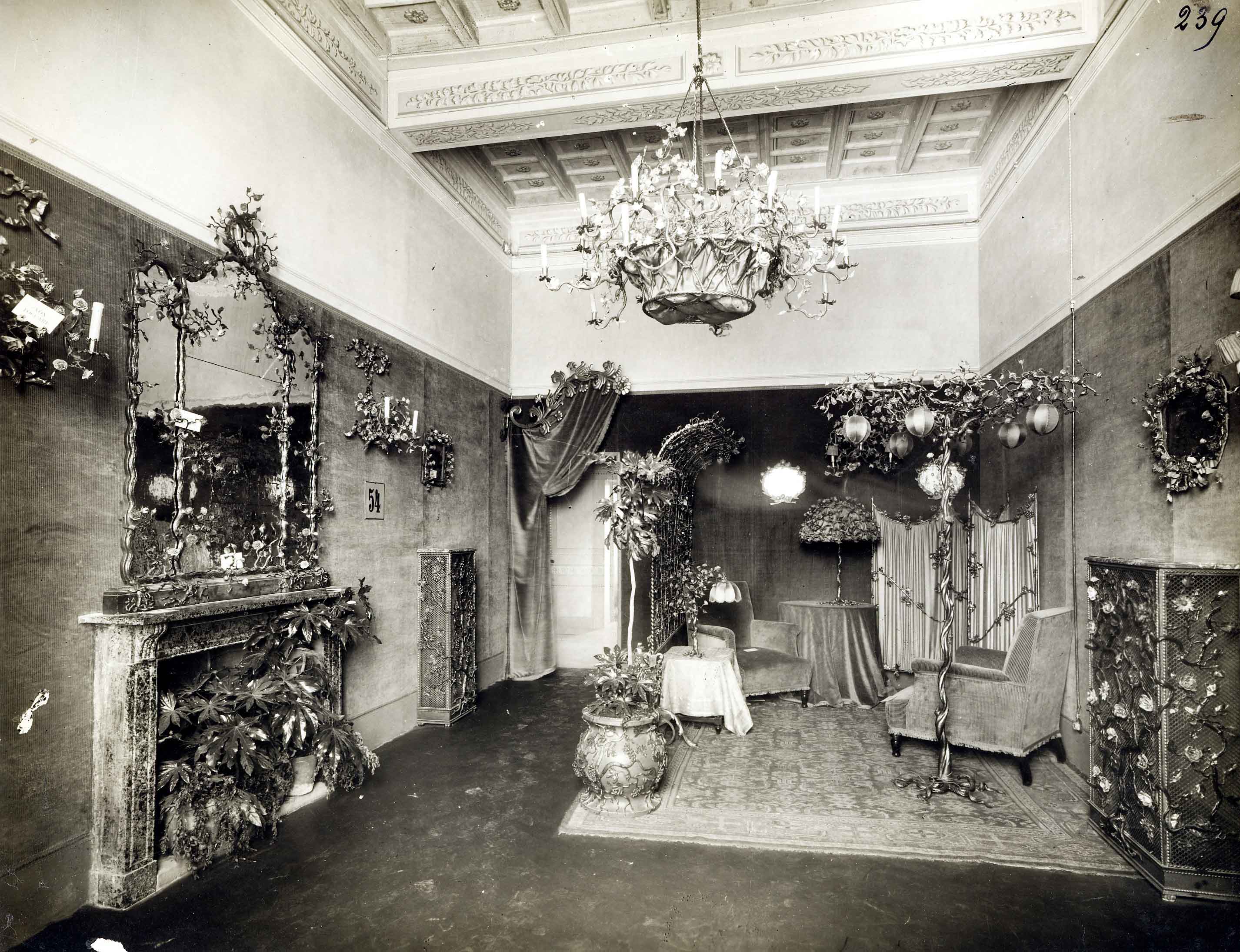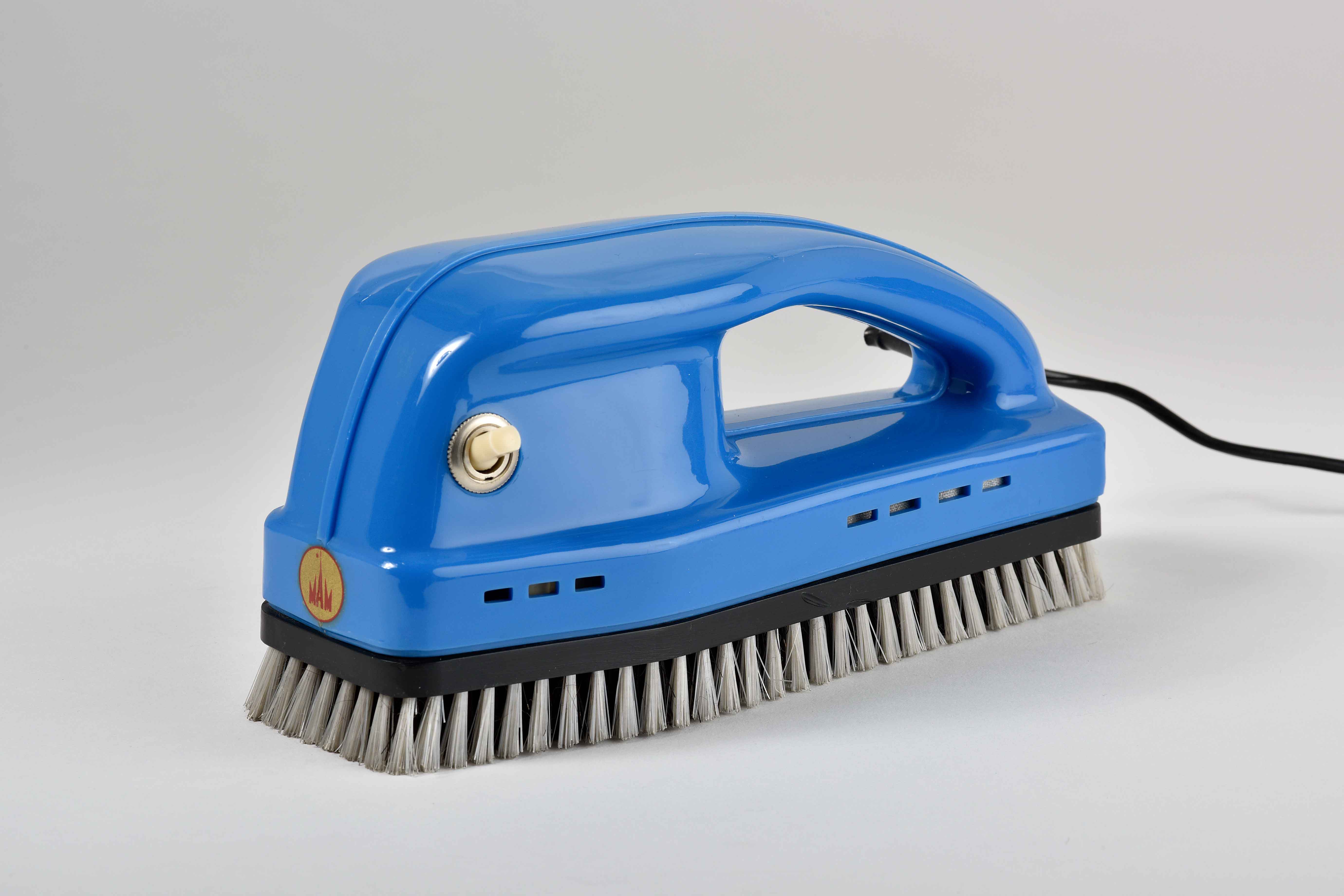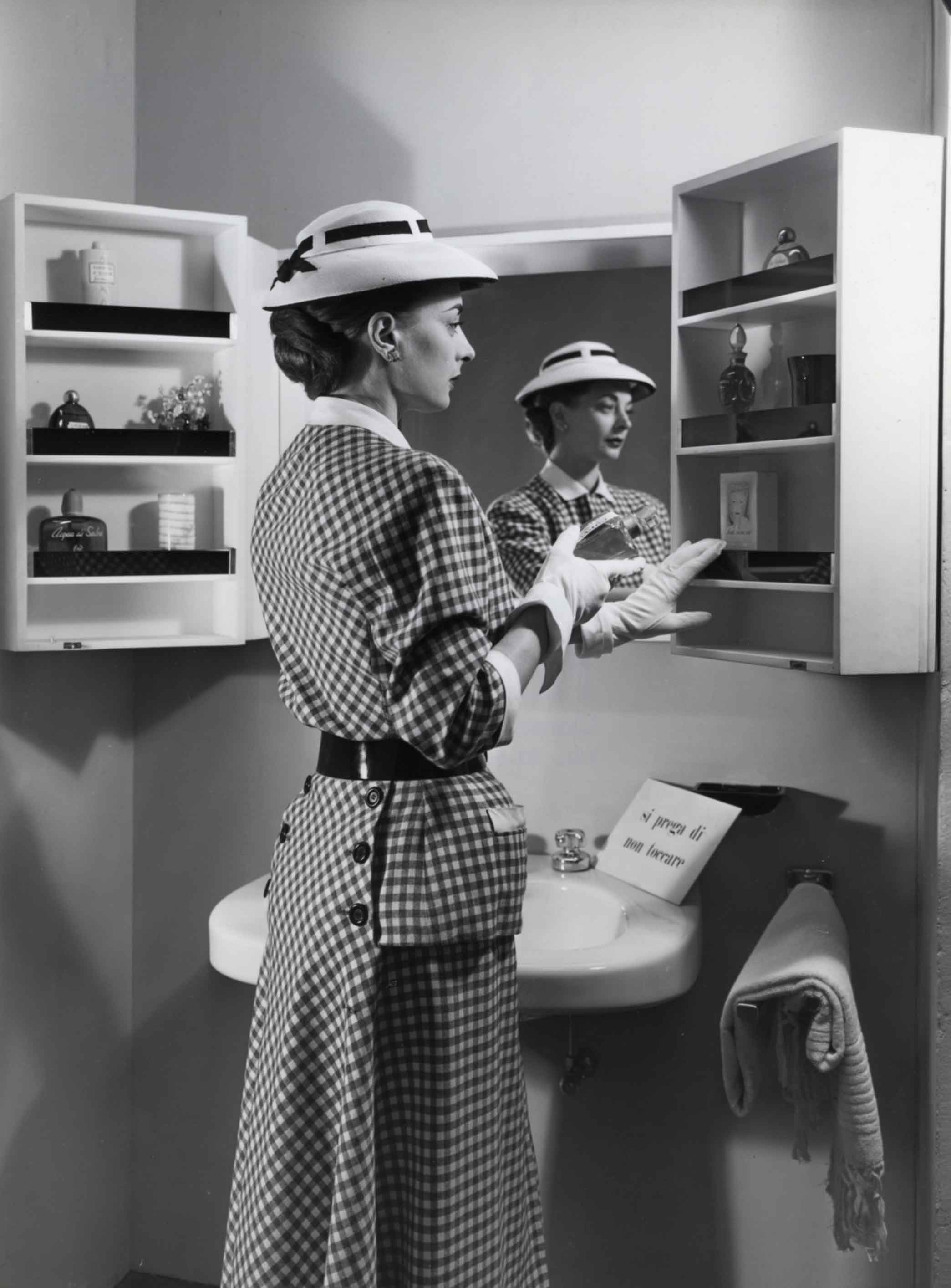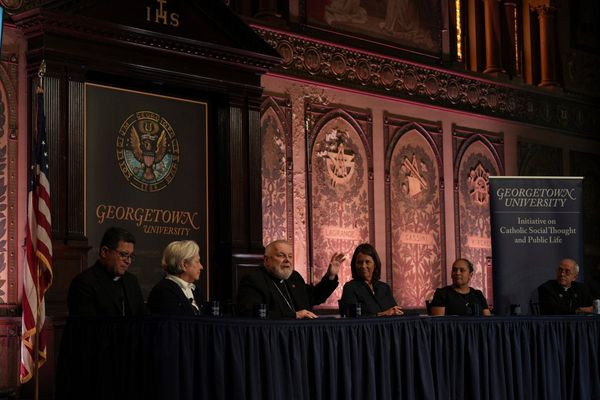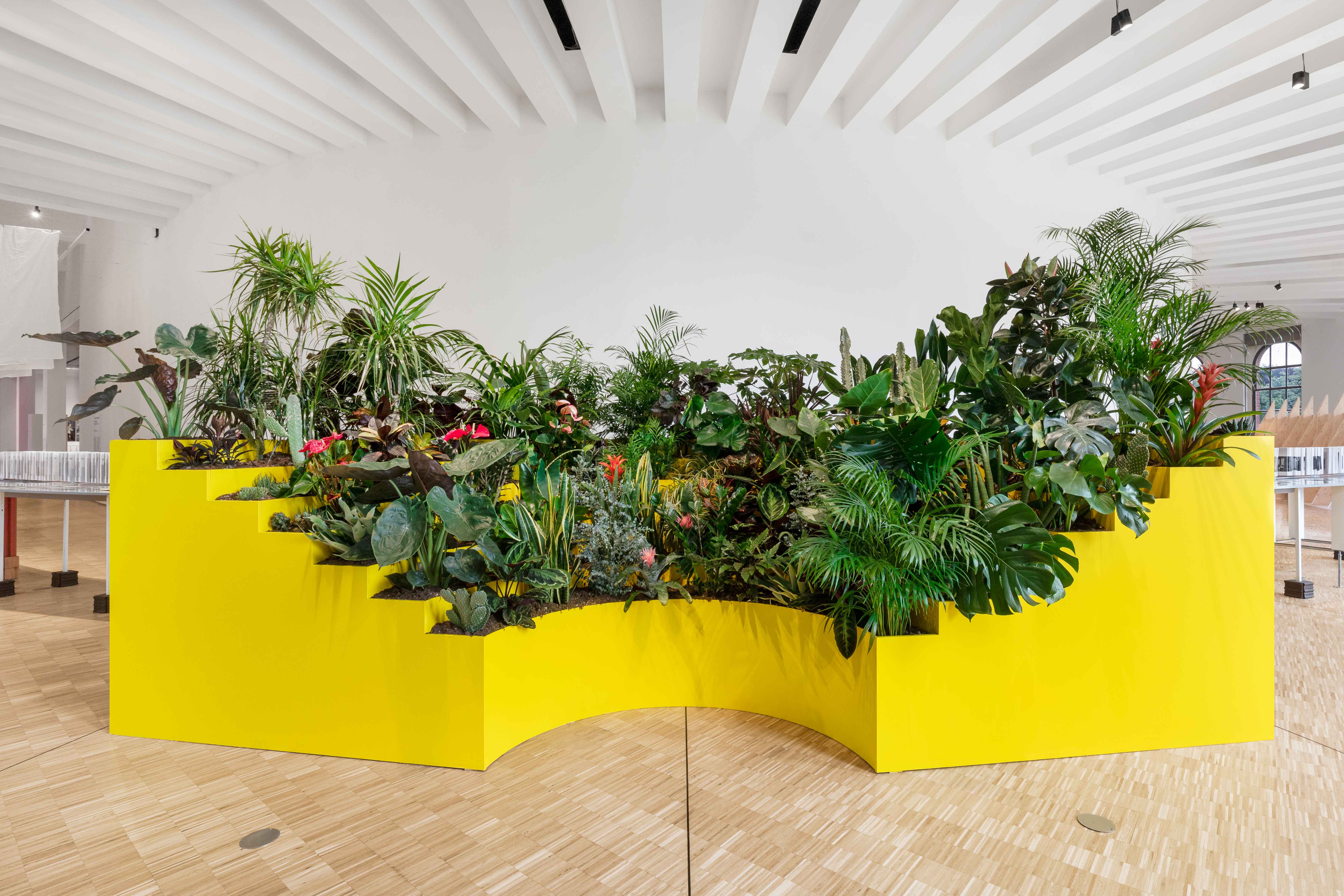
‘Home Sweet Home’ is a new exhibition at Triennale Milano (until 10 September 2023) that marks the institution's centenary celebrations. How has the process of designing our house changed? Which developments have occurred over the last century? Nina Bassoli, curator for Architecture, Urban Regeneration, Cities at Triennale, tries to answer these questions, in collaboration with exhibition designers Captcha Architecture.
‘Home Sweet Home’ at Triennale Milano

Bassoli's exhibition explores the transformations in contemporary living proceeding on two parallel tracks: using the Triennale archives, but also adopting new points of view, narrative and languages, to redefine the contradictions between home and work, masculine and feminine, environmentalism and activism, public and private space.
Triangular beds for families or polyamorous couples, multifunctional housing projects with massive social impacts, tables that reflect on sharing daily work and lunch – at home, the lines between reality and fiction, intimacy and exposure are becoming increasingly blurred. 'I think that the most unexpected result of my research definitely consisted in the discovery of how many points of view can come out from an exhibition that focuses predominantly on a theme like the home, that has seen many interpretations over the years,' says Bassoli.
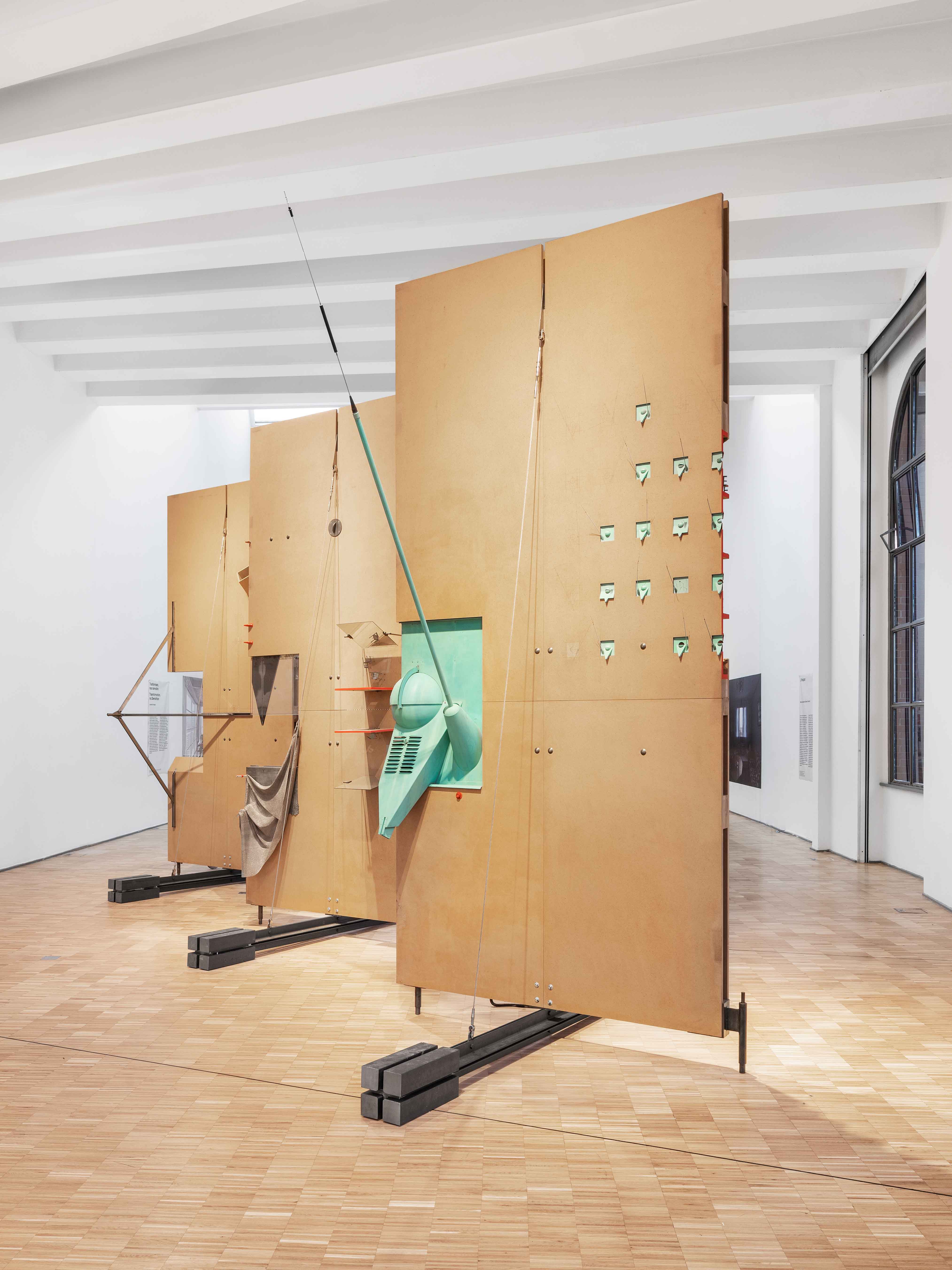
The 15-chapter exhibition is divided into five thematic historic sections bringing together artefacts and materials from the Triennale Milano archives (1923 to 2023), and ten specific environments that function as exhibitions inside exhibitions. Among them, The Sex & the City research group's L'angelo del focolare (Angel of the Hearth) explores the contrasting roles of men and women in public and domestic spaces, while Gaia Piccarolo's Casa ludens (Leisure Home) is about the history of our leisure time, from camping equipment to the first TVs.
Our relationship with nature in the domestic space is also on display, thanks to Annalisa Metta's La natura è di casa (Nature at Home), with a historic gallery that acts as a counterpoint to the Il parlamento delle piante d’appartamento (The House-Plant Parliament) by landscape architect Céline Baumann. Also, the Tre finestre (Three windows) by Elizabeth Diller and Ricardo Scofidio for ‘The domestic project’, shown at the Triennale in 1986 under the direction of Mario Bellini, has been restored and reconfigured in its magnificent original size.
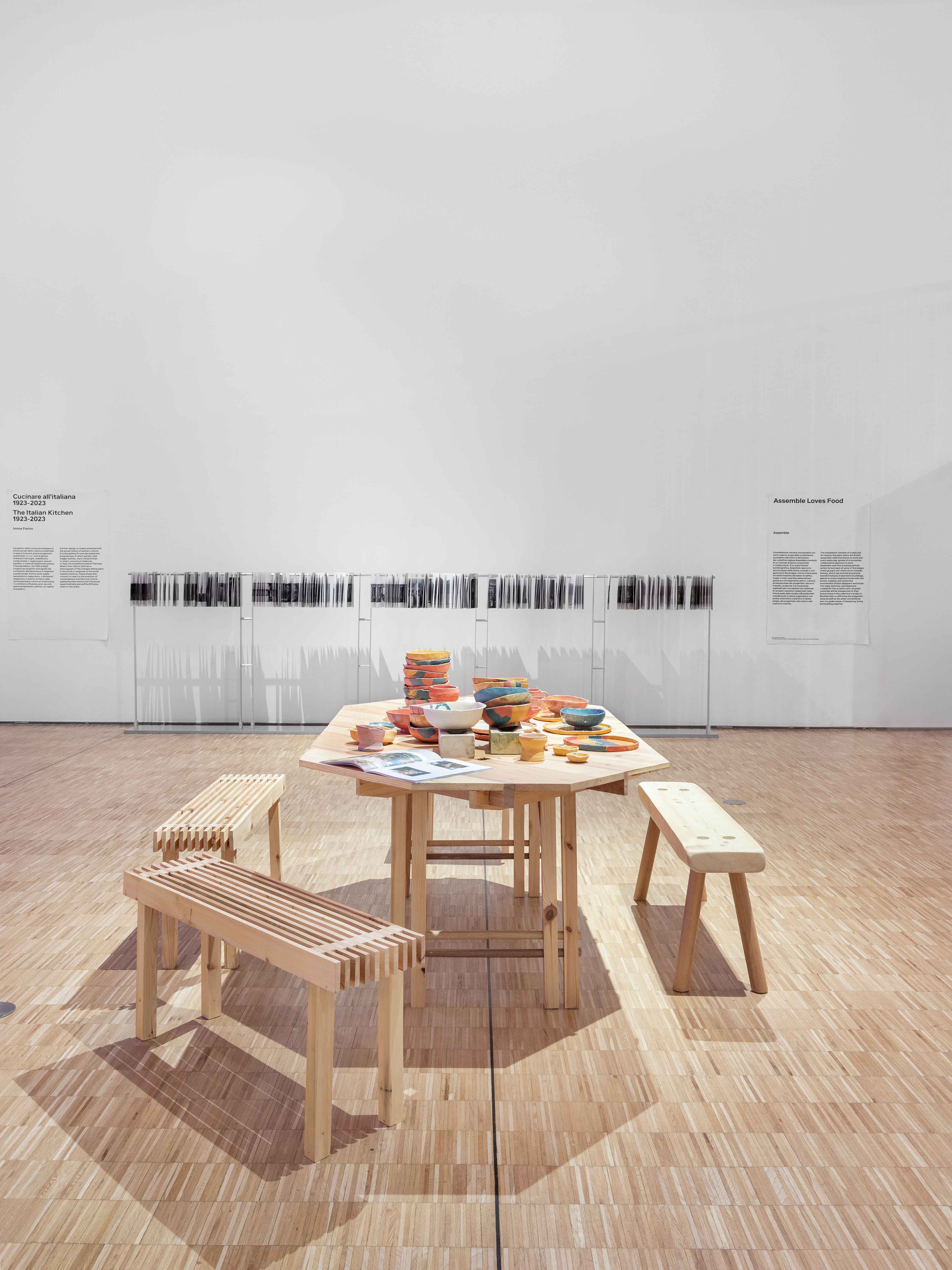

Among the site-specific environments are the MAIO collective's Urban K -Type community kitchens, which speak to us about marginalisation, involvement, and possible emancipation, while L'architettura della longhouse (The Architecture of the Longhouse), in the midst of the hallway, reveals the different types of premodern dwelling from Germany to Indonesia.
'Objects and spaces can change the social relationships among human beings,' says Bassoli. 'The plants that inhabit our homes, apparently stuck there for our private joy, can create a cognitive dissonance between their decorative appearance and a brutal colonial history, like in the House-Plant Parliament installation by Céline Baumann. The exhibition also helps us to discover that a kitchen can become a public space, where the work is shared (Urban K-Type by MAIO) or that a bed can have different shapes and sizes, considering that no family can really be put in a box with a standard shape (A Section of Now by CCA, Canadian Center for Architecture).'
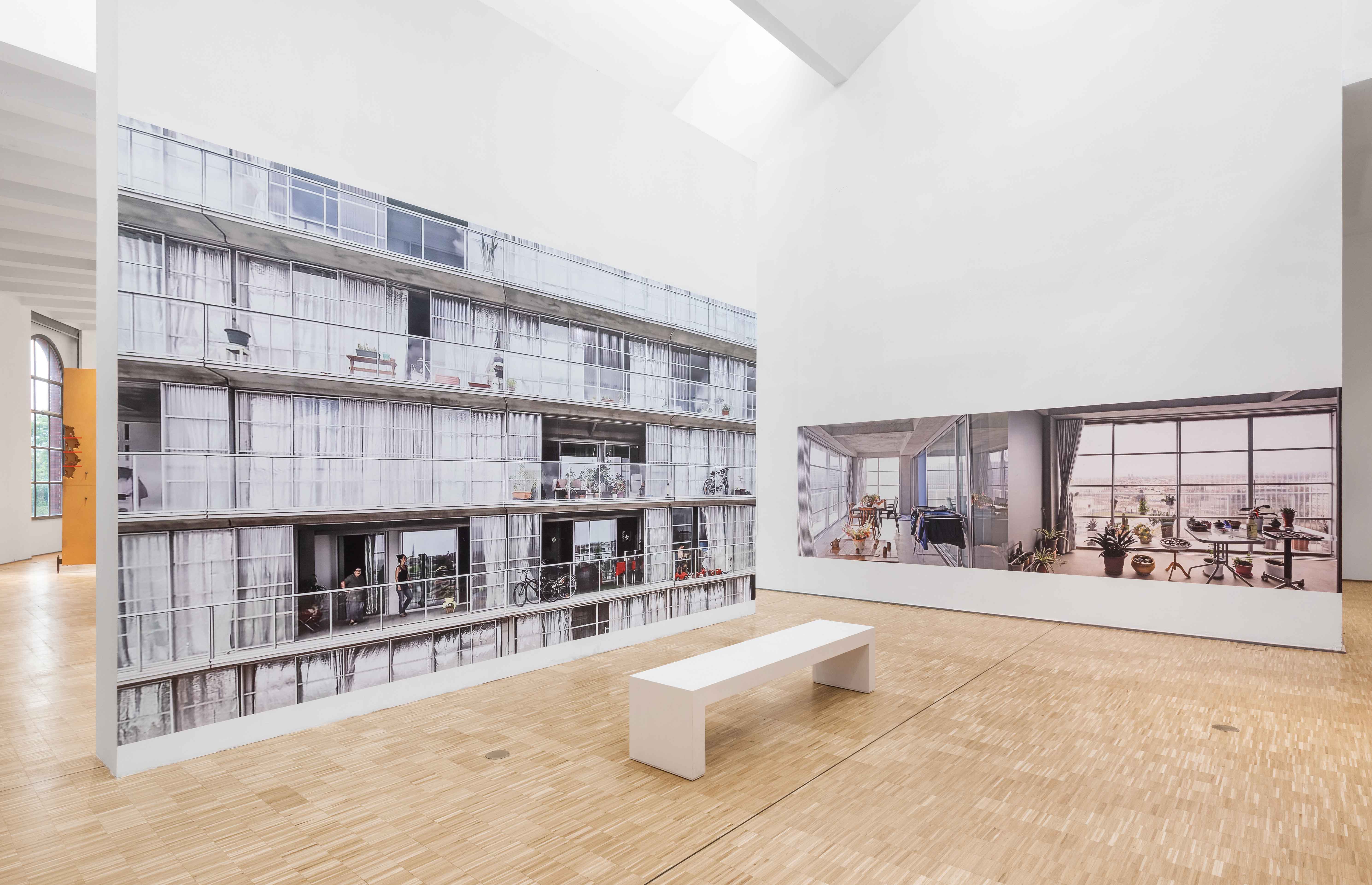
The exhibition is entered by looking in a mirror placed over a reproduction of the bathroom sink, a symbol of daily morning rituals, while the final installation, which doubles as a curtain, is an image from Trasformare, non demolire (Transformation, no Demolition), the celebrated renovation of the 530 flats in Bordeaux's Grand Parc grande ensemble by Pritzker Prize winners Lacaton & Vassal – a political and ecological project. 'Focusing on the home and on all that this wide concept refers to, the exhibition also reflects on the role that Triennale had over the years,' explains Bassoli. 'The institution has always been a place for birth of new ideas, where the concepts of “house” and “living” had a central role. There have been many experiments on reconstruction and on the modernisation of lifestyles, on housing for all, and I was interested in going back to reflect on this, on the proximity between the world of design and the life of each of us, the most intimate and everyday life, made of urgent needs and great dreams.'
‘Home Sweet Home’ is on view at Triennale Milano until 10 September 2023
Triennale
Viale Emilio Alemagna, 6
20121 Milano
Home Sweet Home: from the Triennale archives
